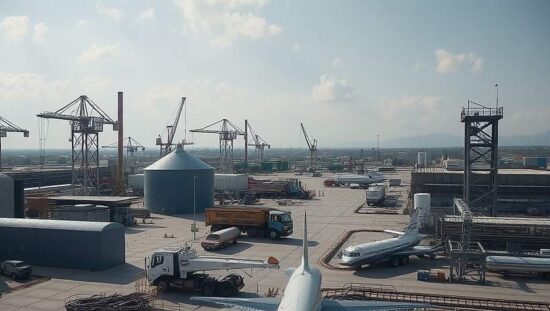The German Federal Ministry for Economic Affairs is preparing to roll out the controversial Industriestrompreis (industrial electricity price) subsidy, aiming to alleviate energy costs for a wide swathe of the nation’s energy-intensive industries. An internal ministry document, leaked to the Handelsblatt, reveals plans to encompass at least 91 sectors and sub-sectors, raising concerns over potential scope and equitable distribution of support.
The ministry, under the leadership of Minister Katarina Reiche (CDU), intends to initially base its selection of eligible companies on the EU’s “Kuebll” list, which identifies companies heavily reliant on electricity and exposed to international competition. While the intention is to target genuinely vulnerable industries, the sheer breadth of sectors – including elements of the chemical, metal, rubber and plastics processing, glass and ceramics, cement, battery cell and semiconductor industries, alongside portions of the paper, machinery and raw material extraction sectors – has drawn criticism from economists and opposition parties. They argue that the broad criteria risk diverting resources from the most critical sectors while creating a complex bureaucratic process.
Furthermore, the document highlights a deliberate flexibility built into the program. The ministry plans to solicit additional evidence from industry associations, potentially expanding the list of beneficiaries beyond the initial EU-defined parameters. This openness to further lobbying raises questions about the potential for political maneuvering and accusations of favoritism within specific sectors.
The coalition agreement between the CDU, CSU and SPD stipulates that companies will be eligible to apply for the subsidized electricity price from 2027, with retroactive payments from 2026. The subsidy itself, set at five cents per kilowatt-hour, has been criticized as insufficient to address the structural challenges facing German industry, while simultaneously creating a significant burden on the national budget.
Complicating matters further, EU regulations mandate that companies can only receive the subsidy for 50% of their electricity consumption. To encourage rapid investment in energy-efficient technologies, the ministry proposes a phased approach, allowing companies to initially claim a larger proportion of their electricity consumption under the subsidized rate, gradually decreasing over a three-year period. While presented as a pragmatic solution, this phased implementation is viewed by some as a potential loophole, allowing businesses to artificially inflate their initial electricity consumption to maximize immediate financial benefit. Critics are calling for greater transparency and stricter oversight to prevent abuse and ensure the program genuinely serves the long-term competitiveness of German industry.





